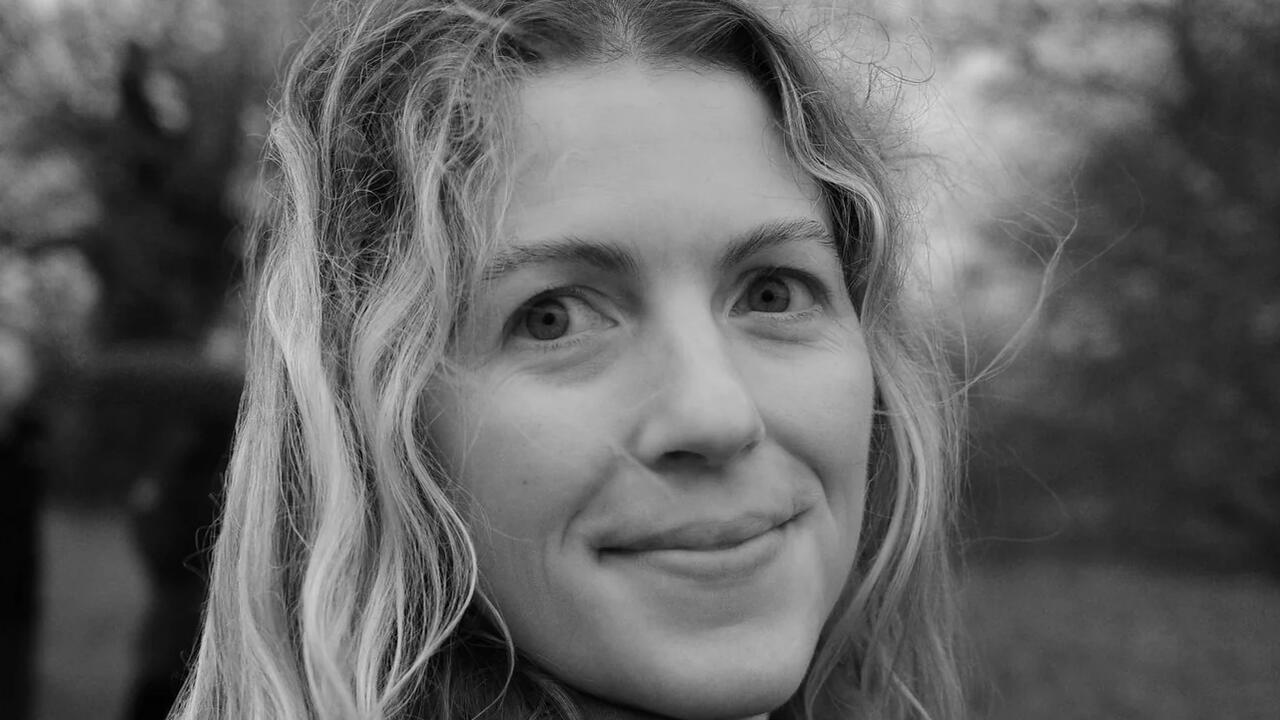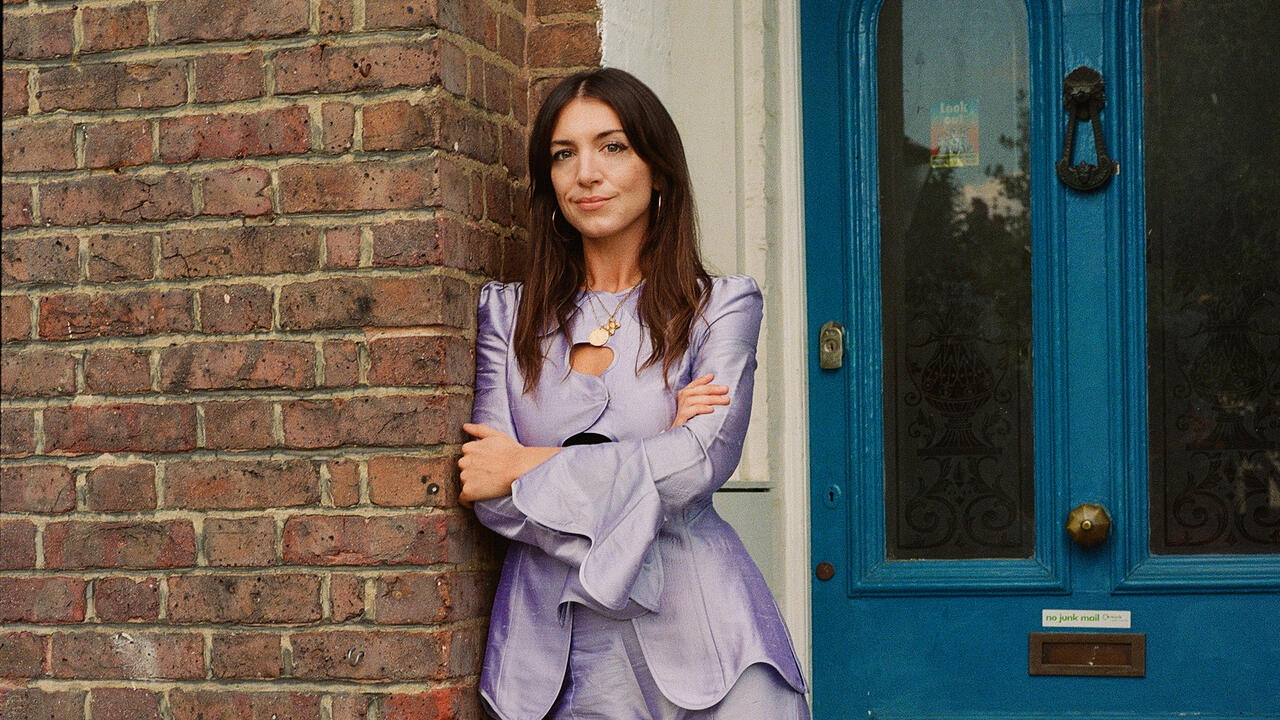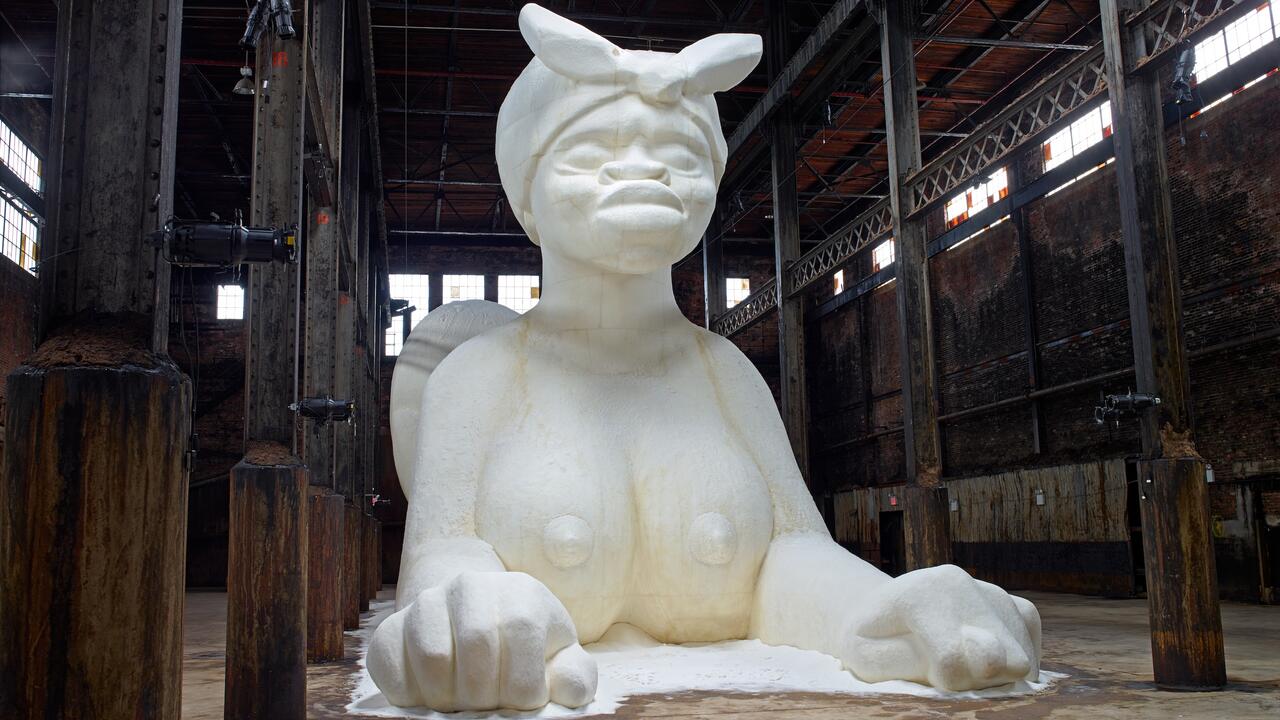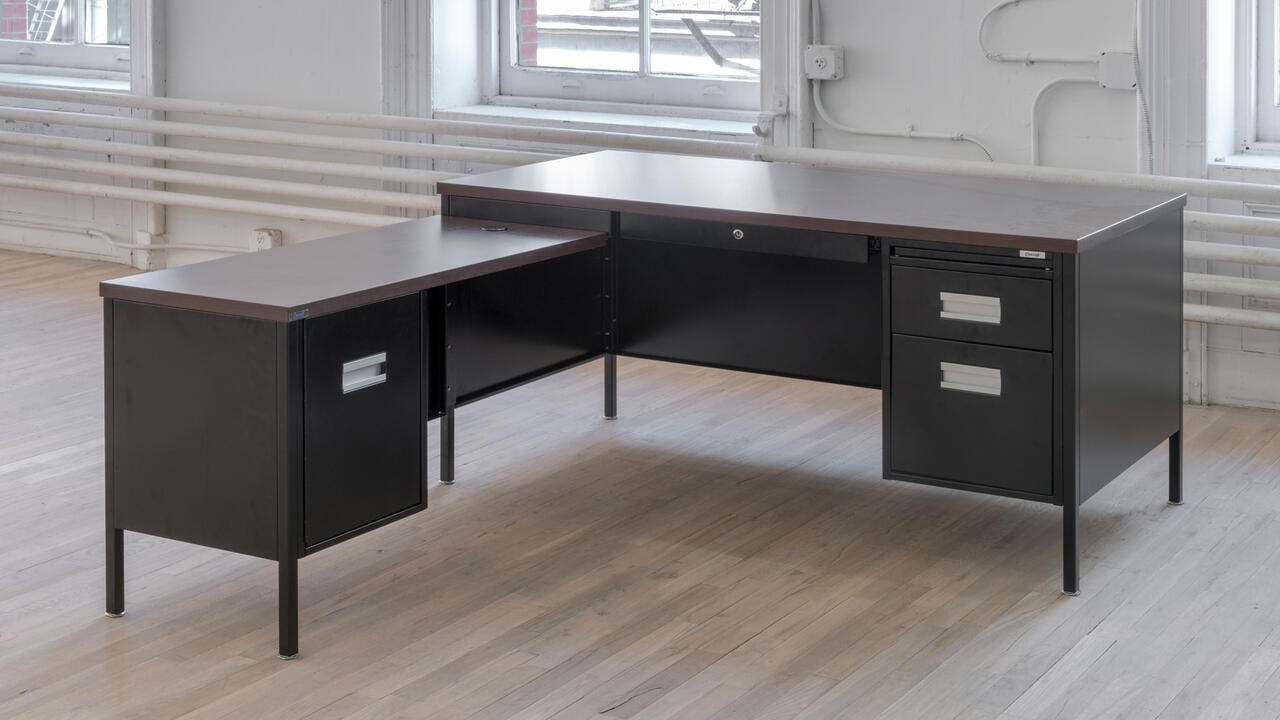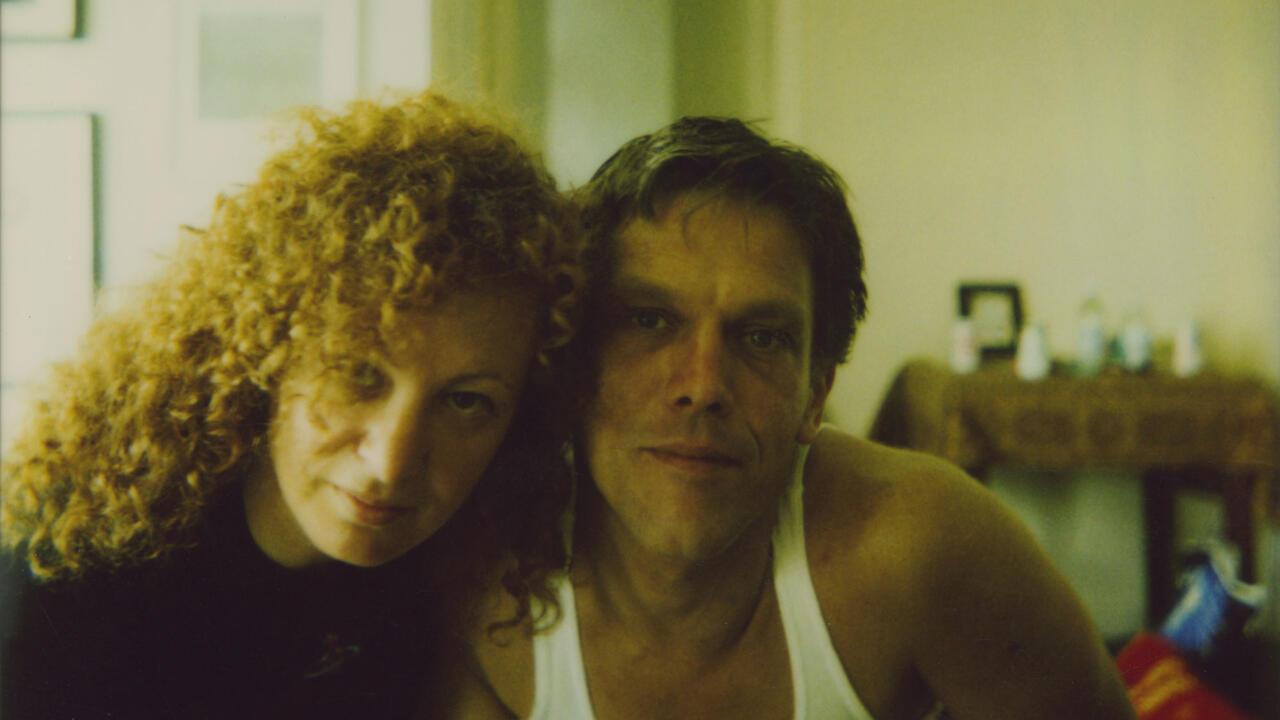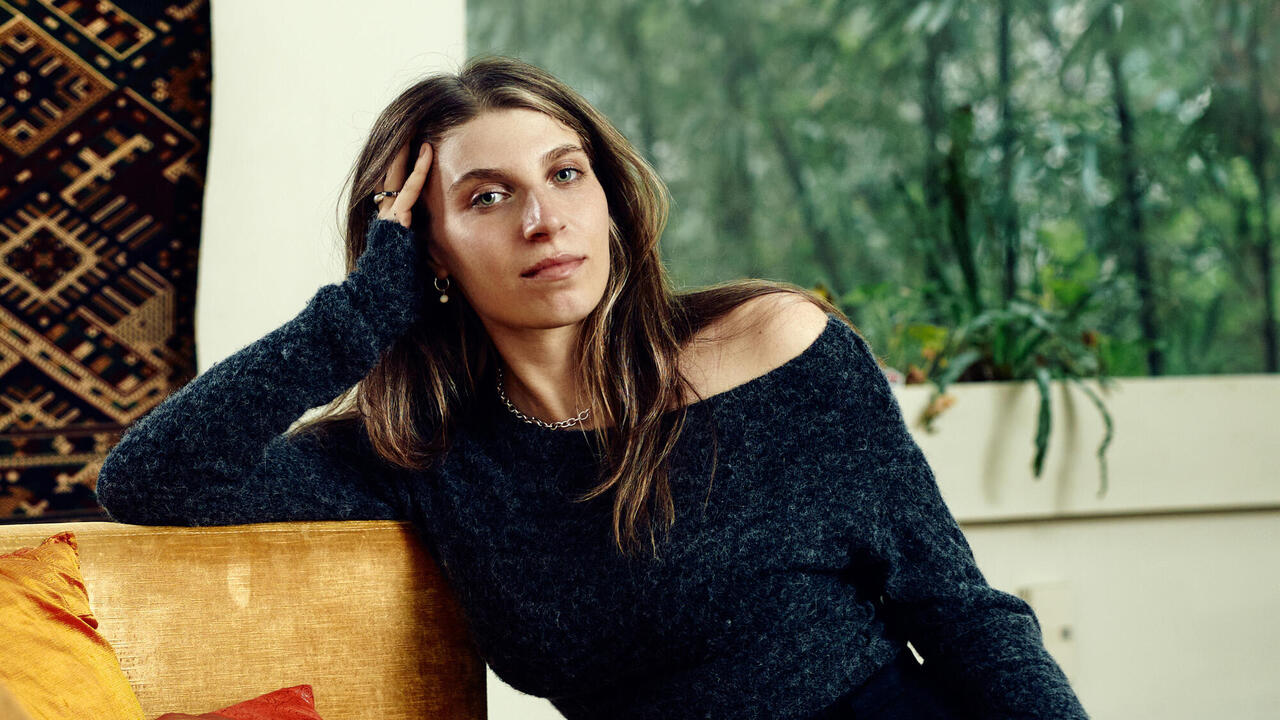Doing Time
A report from 'Inside', an Artangel project staged in the Reading prison that once held Oscar Wilde
A report from 'Inside', an Artangel project staged in the Reading prison that once held Oscar Wilde

At the start of Patrick Keiller’s film Robinson in Space (1997), an anonymous narrator heads from London’s Paddington station to Reading, where the titular protagonist takes him to see the house where Arthur Rimbaud was employed as a French teacher in 1874. Two decades after Rimbaud, it was in Reading’s prison that Oscar Wilde spent the last stint of his two-year sentence for ‘gross indecency’, handed down in 1895. This is the site of ‘Inside: Artists and Writers at Reading Prison’, a project by the UK arts commissioning body for site-specific works, Artangel. The handout for ‘Inside’ declares: the ‘prison itself is the first exhibit’. Designed in 1844 by Giles Gilbert Scott, its cruciform structure allowed the Governor to observe the length of each wing from his office in the central atrium. The prisoners were kept in individual cells: an innovation at the time, reflective of the tenets of the so-called ‘Separate System’, in which separating one prisoner from another was paramount at all times (even in chapel, Reading’s inmates would stand in separate wooden docks). In principle, moral reform would be delivered through the intense reflection and self-scrutiny that such isolation produced.

Did the ‘separate system’ ever work? The question sounds facetious, and yet intense reflection and self-scrutiny would be one way to describe Wilde’s De Profundis (1905), the fruit of his stint in Reading. Posthumously published, this essay-disguised-as-a-letter (letters being the only form of written expression an inmate like Wilde was allowed – and even then, only thanks to a sympathetic governor) was read aloud through the course of ‘Inside’, by guest performers including Hollywood actors, the artist Ragnar Kjartansson and, on the day of my visit, the punk musician and poet Patti Smith.
Like sermons, the readings all took place on Sundays, in the prison’s former chapel. The stage is a work by Jean Michel Pancin, comprising a concrete plinth the same dimensions as Wilde’s Reading cell, upon which the cell’s original door (preserved in the Galleries of Justice Museum in Nottingham) is mounted and spotlighted, like a famous relic (oddly, little fuss is made of the cell itself in C Wing, which is empty of art and unlabelled). The air of religiosity is fitting for De Profundis. In it, Wilde fondly describes reading the Gospels as ‘a delightful way of opening the day’, and often identifies with Christ, ‘whose place is with the poets’. As Christ ‘regarded sin and suffering as being in themselves beautiful holy things and modes of perfection’, he is central to the work’s act of intensely ambivalent self-appraisal. ‘I will not say that prison is the best thing that could have happened to me’, Wilde writes, but in some perverse sense, it was: ‘just as Christ’s great achievement,’ he says, quoting Renan, was ‘being loved after his death.’ Prison made Wilde a different figure – tragic, complex, noble – and a different writer to the one he was before; as writer Colm Tóibín (another of the Artangel readers) noted in a 2013 essay, it was only through this experience that Wilde moved ‘from ‘being [a] writer of the 1890s to becoming our contemporary’.
Yet, how contemporary? Half in love with his own redemption, the Wilde of De Profundis is no anti-prison activist. If he observes, starkly, that the separate system ‘is absolutely and entirely wrong’, it is only to note soon afterwards the hope that: ‘there is nothing in the world so wrong but that the spirit of humanity […] may make it, if not right, at least possible to be borne without too much bitterness of heart.’

As Smith reads the piece, it’s clear she’s in some sense an inspired choice – her voice is a rich, deep musical burr, her pacing is excellent, and her adoration of the figure of the suffering writer is fierce (Wilde doesn’t get a mention in her 2010 memoir, Just Kids, though she recounts a pilgrimage to Rimbaud’s hometown). Her commitment to the text was palpable – even abridged, it clocked in at four hours with an interval – and when she stumbled on a section, she acknowledged it, started again. At some unfamiliar words, she asked the audience for pointers on pronunciation (‘What is this word … Emouse, ehmouse … Emmaus?’). As if to compensate for the oddness of Victorian English phrases about ‘being sent to Oxford’ being delivered in her East Coast accent, she employed the emotional range of her voice to breaking point: at moments of emphasis, her voice croaked and choked like a tree branch snapping in the wind, at others, signalling pain or tenderness in other passages, she spoke with an ache, like she was being poked. For all this, there is something over-determining in the grain of Smith’s voice (you feel she could recite Winnie the Pooh and make it sound like a plaintive ballad); I wished for a less impassioned, reverential sincerity – one in which Wilde’s ambivalent resignation might be interrogated, or at least acknowledged.
Wilde said he ‘would give anything to be able to alter’ the prison system. Upon release, he did write two more letters, shorter ones, to The Daily Chronicle, attempting to draw public opinion toward reform. No poetic talk here of bitter herbs or turning evil to good, but ‘the most horrible and revolting shrieks, or rather howls, as if an animal were being unskilfully slaughtered’, which indicate an insane prisoner is being flogged. How different might the experience of visiting the prison been, if guests read from one of these letters?

As Smith approached the text’s final passages, she stood up, knocking her chair to the floor with a slam that cut through the hush like a guillotine's blade; after the text’s closing invocation of Nature’s sweet rains, secret valleys, and Wilde’s hope to be cleansed by ‘great waters’ and ‘bitter herbs’, Smith – in a gesture of either passionate homage, unchecked egoism, or both – sang some of her own composition, 'Wing' (1996). This moment captured something of the whole endeavour, or my impression of it, one that seemed to prioritize poetry over anger, let solemnity obscure anguish, conveying inmates' suffering with Wilde’s bizarrely numinous sense of inner conciliation.
An art exhibition is sometimes just an art exhibition; sometimes, a still life speaks as powerfully as a slogan. I kept on reminding myself of this while I moved through the exhibition installed throughout the rest of the building. A portrait of Wilde by Marlene Dumas hung in a cell with one of Bosie (whose affair with Wilde prompted his trial). It’s not one of her strongest: simultaneously insubstantial and overworked, its palette of pink and mint brought to mind a decorative soap. The artist was back on her game in the portraits in adjacent rooms of other queer renegades and their love objects – Pasolini and his mother, Jean Genet’s and his boyfriends. In another cell, Nan Goldin screens Genet’s masterful erotic prison reverie Un Chant D’Amour (1950) – visible only through a peephole – alongside an early film of Wilde’s play Salome (1891). In another cell, Goldin’s photos of her muse, Clemens Shick, alludes to Wilde’s adoration of Bosie, collaged pell-mell across the walls with a deliberately artless approach evoking the inmates own decoration of their cells (attested to the flaking, blue-tacked walls visible around the building).
However, in the most part, the exhibition takes a more oblique approach, eschewing prisoners and their histories as explicit subjects in favour of exploring internality in an abstract sense. Cue spatial dynamics of inner and outer, metaphors of concealment, confinement and release. A stack of Felix Gonzalez-Torres posters, for example, depicting seagulls in flight, which are free to be taken away. Or Steve McQueen’s Weight (2016), a warmly-lit installation of a metal double bunk draped with a heavy gold-plated mosquito net – a luxurious, magical image, but for all that, hard to parse (what does it mean to invoke a gilded cage in this setting?). A more affecting enigma was at work in two Robert Gober sculptures – Waterfall (2016), mounted on one end wall and, on the floor nearby, Treasure Chest (2015-16). Viewing each meant peering into interiors lush with running water, both tranquil and menacing. (These watery works of Gober always make of think of Lillian Gish, drowned among flowing reeds in Charles Laughton’s 1955 Night of the Hunter.) The aquatic motif reappears in a suite of cells hung with large prints of a river, from Roni Horn’s Still Water (The River Thames, for Example) (1999). I am not sure what is intended by their inclusion in this setting, other than that – aspects of each picture being footnoted with quotations and facts – they might for a prison function like an commonplace book: a guard against boredom.

Duration and absorption is another theme strung through the exhibits – two Horn self-portraits capture her face a split second apart, as if time has been strung out; several cells contain examples of Peter Dreher’s mind-bending, 40 year project of life-size studies of the same glass of water in his studio, ‘Tag um Tag gutter Tag’ (‘Day by Day good Day, 1974-present). In a 2010 article for the London Review of Books, the literary critic James Wood characterized ‘prison literature’ as writing ‘in which the smallest detail – a breadcrumb, a passing bird, a drop of rainwater – is tortured, from desperation, into a swollen effigy, many times its normal size.’ Implying a long project of sustained concentration, isolated attention and slow scrutiny, Dreher’s works clearly have a deep resonance in this setting.
But still, something about their inclusion here rankles. The morning I write this, a UK charity the Howard League for Penal Reform announces that 2016 has seen the equivalent of one UK prisoner suicide every three days, with mental health problems in the system at ‘epidemic’ levels. (At Reading, the spaces between each walkway are covered with the spring-mounted wire grids, which prevented furniture being hurled to the floors below, or prisoners trying to jump.) Earlier this month, a six-hour riot by inmates took place at Bedford prison, where the Chief Inspector of Prisoners recently reported that some prisoners are confined to their cells for up to 23 hours per day. The newly appointed Chief Justice’s inaugural proposal for prison safety and reform, published this month, emphasizes a crackdown on drugs, ‘no fly zones’ for drones, zero tolerance policies for violence (towards staff – abuse of prisoners is not mentioned), and 10,000 new prison places. In the States, since ‘Inside’ opened in September, The Intercept has reported ‘the largest prison strike in U.S. history’. (Ava Duvernay’s recent documentary 13th on the US prison system – where 40% of inmates are Black, Asian and minority ethnic – now on Netflix, provides some background.)

Back at 'Inside', several cells hung with Vija Celmins prints of the night sky contain ‘Letters of Separation’, commissioned from nine writers ‘to a loved one from whom they have been separated by state enforcement’. Ranging from Gillian Slovo writing to her murdered activist mother, to Jeanne Winterson imagining characters in The Tempest, only one, by Danny Morrison, involved direct experience of the prison system. How might the exhibition be deepened if a current prisoner’s voice was heard? Or if the cache of dozens of photos of Reading’s inmates displayed on the ground floor dated from 1990, rather than 1900? Or if a single artwork amongst those selected were made by a prisoner inmate, past or present – like one of the exhibitions regularly mounted by the Koestler trust?
'What ifs' are easy to pose. And maybe any of these gestures would also feel tokenistic. When early this year Andrea Fraser presented ‘Down the river’ as part of the Whitney Museum of American Art’s ‘Open Plan’ series in March – a recording of sounds from the Sing-Sing Correctional Facility further up the Hudson river – the work was criticized as facile social engagement by curator Morgan Quaintance and ’zine Hyperallergic, among others. I was moved by a lot of the art at ‘Inside’; as a result of visiting it, I read a lot more about prisons than I would have. Still, the feeling that an opportunity had been missed nagged at me. The first and last part of the exhibition the visitor sees is the one quotation from De Profundis painted in big letters across the prison entrance. It reads: ‘With freedom, books, flowers, and the moon, who could not be happy?’ It’s not that I didn’t think about this question; but I also wondered if a more urgent one might be posed.










